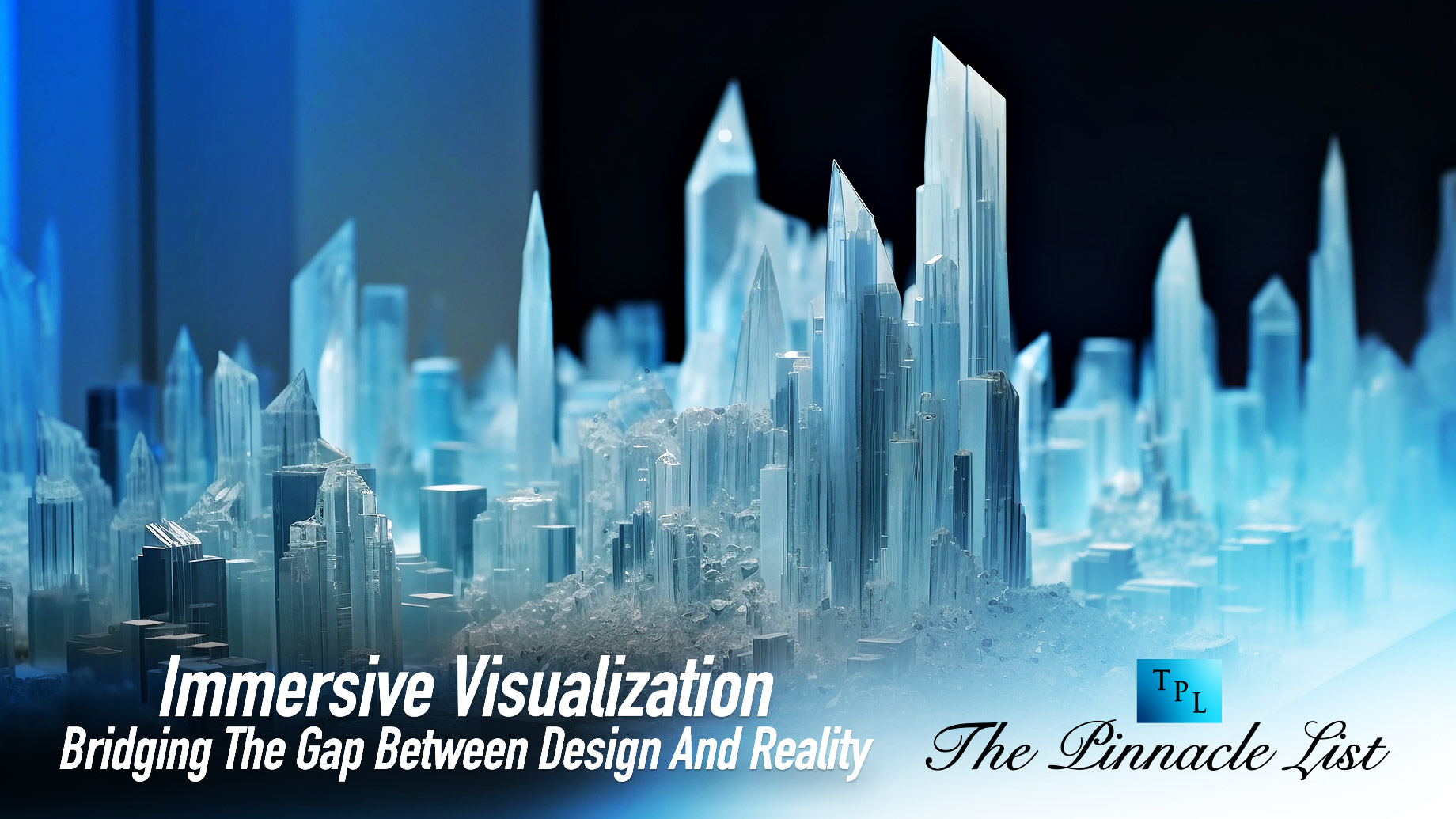
In the world of architecture and interior design, the ability to visualize and experience designs before they become a reality is a valuable asset. Immersive visualization technologies have emerged as powerful tools that bridge the gap between design concepts and real-world implementation. By providing a realistic and interactive experience, these technologies enable designers, clients, and stakeholders to engage with designs in unprecedented ways. In this article, we will explore how immersive visualization is transforming the design process and revolutionizing the way we perceive and interact with architectural spaces.
The Inspiration
Interior designers, like their counterparts in architecture, are constantly seeking inspiration from various sources to create captivating and functional spaces. One such industry is online casinos, which have successfully incorporated gamification techniques to enhance the player experience.
The immersive nature of this experience engages the players, and now extends to interior design, where the designers aim to create environments that transport the viewer, making them feel as though they are present in the designed space.
The Integration of Advanced Technologies in Design
One key aspect of immersive visualization is the integration of advanced technologies, such as virtual reality (VR) and augmented reality (AR). These technologies go beyond traditional two-dimensional representations and offer users a truly immersive and interactive experience.
Virtual reality (VR), the technology of the future, according to Iberdola, allows users to enter a computer-generated virtual environment, completely immersing themselves in a digitally created space. By donning specialized headsets and using controllers or hand-tracking devices, users can navigate and interact with the virtual environment. This level of interactivity provides a sense of presence and enables users to explore designs in a way that was previously impossible. They can move around, observe details from different angles, and even interact with virtual objects, gaining a deeper understanding of the space’s scale, proportion, and spatial relationships.
On the other hand, augmented reality (AR) overlays digital elements in the real world, seamlessly blending virtual and physical elements. AR applications utilize cameras on smartphones, tablets, or wearable devices to superimpose digital content onto the user’s view of the real world. Platforms similar to IKEA’s AR app, as presented by The Spaces, allow designers to leverage AR to superimpose furniture, decor, and finishes onto real-world spaces, resulting in clients seeing how different design elements would look in their own environment.
While the visual aspect plays a crucial role in immersive visualization, the experience goes beyond what meets the eye. It also incorporates other sensory elements to create a more holistic perception of a space. For example, haptic feedback devices simulate tactile sensations, allowing users to feel the texture, weight, and resistance of virtual objects. By wearing haptic gloves or using handheld devices, users can experience the touch and feel of materials, adding a new level of realism to the virtual environment.
Spatial audio creates realistic soundscapes that correspond to the virtual environment, enhancing the sense of presence and providing users with an accurate auditory representation of the space. Users can hear sounds coming from specific directions, simulating a three-dimensional audio experience. This audio immersion further enhances the sense of realism and spatial awareness, making the virtual environment feel more like a tangible space.
Conclusion
By combining these sensory components – visual, tactile, and auditory – immersive visualization technologies work in harmony to create a multi-dimensional and realistic experience for the viewer. The integration of VR and AR, along with haptic feedback and spatial audio, allows designers and clients to engage with designs on a deeper level. As technology continues to advance, the boundaries between physical and virtual environments will continue to blur, enabling us to explore and experience architectural designs in unprecedented ways.